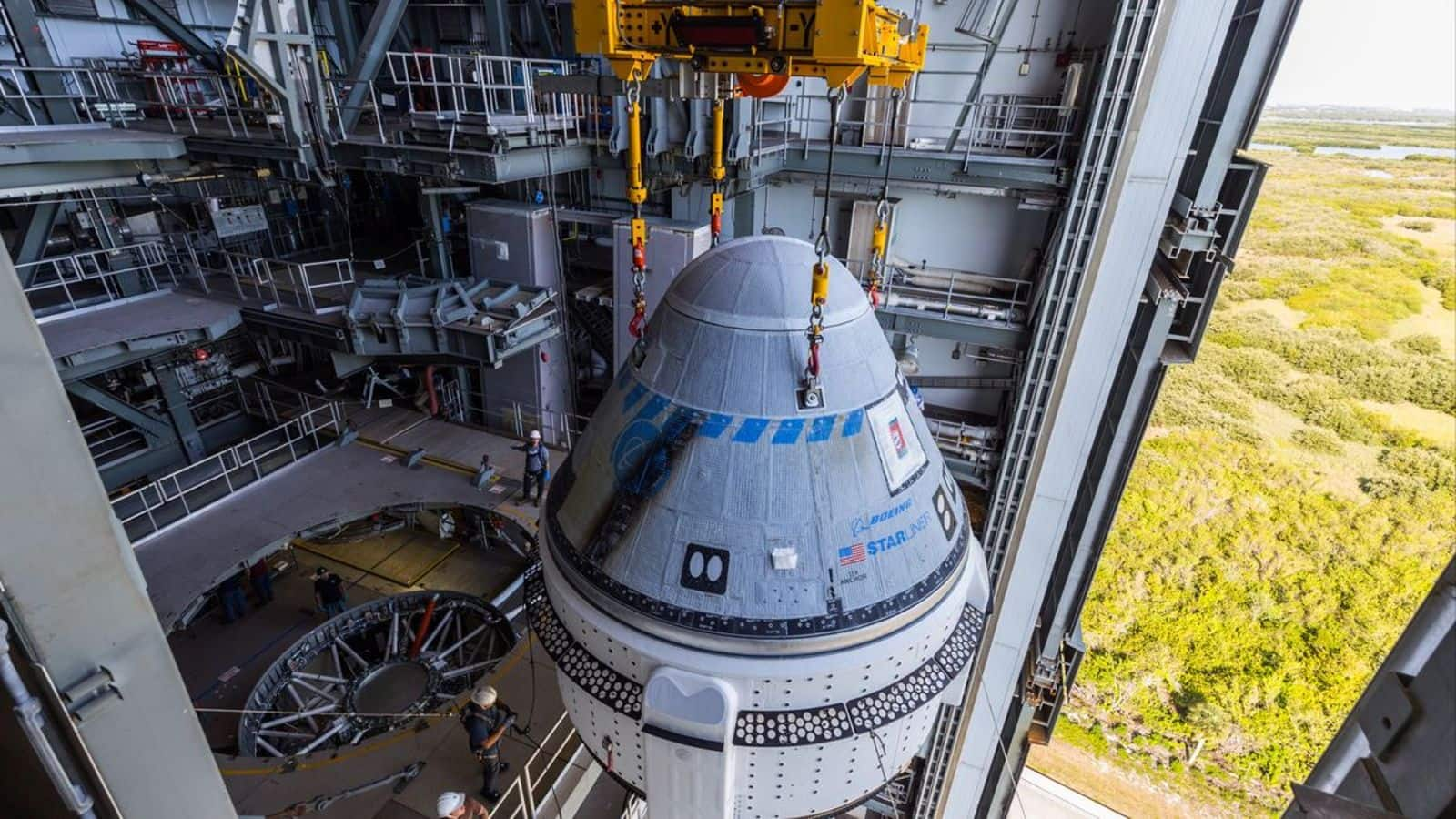
NASA, Boeing heading for Starliner crewed launch on June 1
What's the story
NASA will launch the first crewed test flight of Boeing's Starliner as early as June 1, despite recent technical issues. The decision comes after two-and-a-half weeks of detailed analysis of the helium leak, which has now been described as small and stable. Engineers are confident that even if it worsens, it won't pose any unacceptable risk for Starliner test flight to the International Space Station (ISS).
Technical challenges
Propulsion system vulnerability also identified
A design vulnerability in Starliner's propulsion system was also identified by the researchers while analyzing the helium leak. This issue could potentially hinder the spacecraft from conducting a deorbit burn at the end of its mission. Steve Stich, NASA's commercial crew program manager said, "We found a design vulnerability... in the prop system as we analyzed this particular helium leak, where for certain failure cases that are very remote, we didn't have capability to execute the deorbit burn with redundancy."
Scenario
First attempt was made on May 6
NASA and Boeing attempted to launch Starliner aboard Atlas V rocket on May 6, but it was postponed due to a faulty valve on United Launch Alliance (ULA)'s rocket. Subsequently, a "small" leak was detected on a flange of one of Starliner's thrusters. The spacecraft was slated to carry NASA astronauts Barry Wilmore and Sunita Williams to the ISS, returing them a week later. Now, it'll launch on June 1, with backup opportunities on June 2, 5, and 6.
Competition
Boeing to compete with SpaceX through Starliner crewed flight
The Starliner program has faced significant delays due to issues with software, parachutes, and propulsion systems. This will be the first time astronauts will fly into orbit on a Starliner spacecraft, following two unpiloted demonstration missions in 2019 and 2022. Through the upcoming launch, Boeing is endeavoring to catch up with SpaceX, whose Dragon spacecraft has been shuttling astronauts to and from the ISS since 2020.